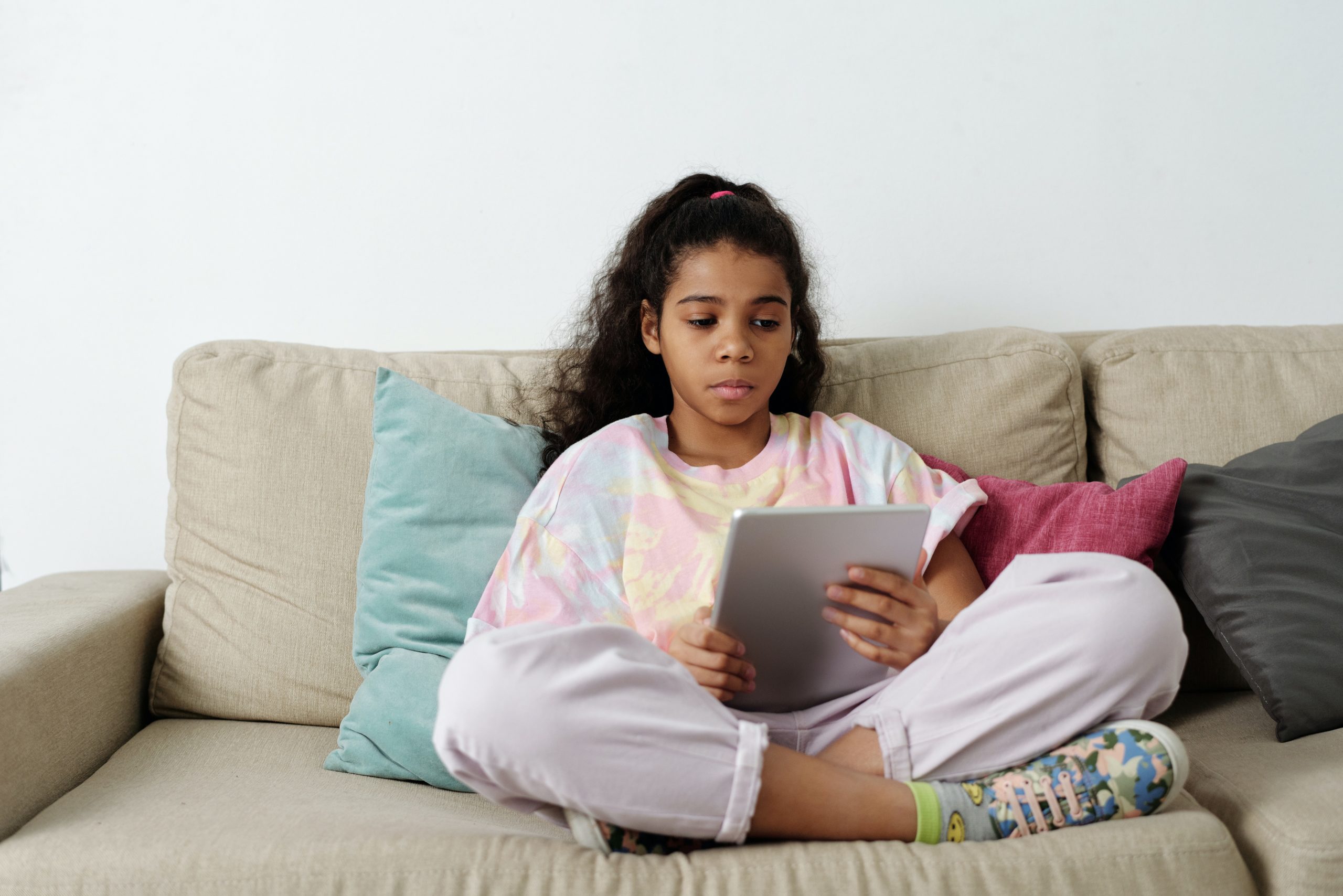4 ways technology can help disabled people
The technology we see used on a daily basis can be used differently to help the lives of disabled people. We explore 4 unexpected ways that digital technology can be used.
Assistive technology is often thought of as being wheelchairs and hearing aids, but actually it’s an umbrella term that covers everything from pencil grips to the latest tablets. As the Royal Hospital for Neuro-disability raises awareness of what technology means to its patients this Brain Awareness Week (Mar 11-18th), we thought it would be fitting to explore the different ways disabled people can benefit from everyday technology.
Using tablets to speak
The portability and affordability of tablets has made them a popular tool for speech and language therapists. Apps such as Speak for Yourself and Augie AAC allow therapists to work with individuals to help them access a vocabulary of over 13,000 words – all with just a few taps of the screen.
Using voice control to navigate smartphones
Voice control systems such as Nuance allow users to dictate messages to be typed on computers and phones, while also converting displayed text on phones into intelligible speech. The former function is particularly of benefit to people with learning disabilities such as dyslexia as it lets them express their ideas in papers without the frustration of written assignments. Systems that read text messages aloud are a great help in the lives of visually impaired individuals. Additionally, similar technology can be used within apps on phones to allow visually impaired people the chance to use the technology. Apps such as Instagram can have on screen text and commands read aloud to enable users to use the service without being dependent on sight.
Improving communication skills of people with autism
Many parents of children with autism are turning to iPads and other tablets to enable their kids to communicate, practice eye contact and learn new vocabulary. Children enjoy the repetitiveness of the computer’s speech functions and appear to be less distracted when using tablets instead of traditional alphabet sheets when communicating.

Apple’s AssistiveTouch
Apple has been creating accessible technology for deaf and visually impaired people since its first Macintosh in the 80s, but the iPhone and iPad’s AssistiveTouch technology lets people with motor control problems use the device in a different way. It means that, instead of having to pinch the screen to zoom, adjust volume using the side buttons or use multiple fingers in apps, an on screen guide allows users to perform these functions just through tapping.
